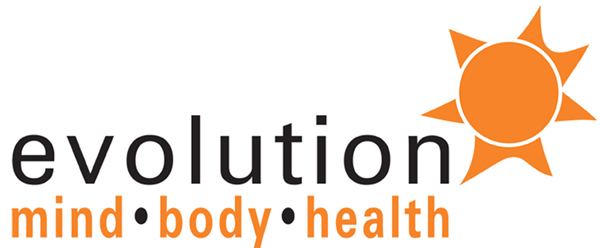Can your device tell you how much recovery you need?
Probably not that accurately.
Our ability to track the data is only limited by our understanding of that data.
If you use a wearable device that tells you how hard your training session is you have probably wondered about the recovery “suggestions.” You know when your watch tells you that you need three days of recovery after a moderately hard run.
Strain score
If you watched any bike race you can see the riders that share their training data including the latest, their WHOOP strain score.
According to the WHOOP website, WHOOP strain is a measure of cardiovascular exertion that quantifies the amount of physical and mental stress you’re putting on your body. We track your strain on a 0-21 scale, both for your entire day and for specific workouts and activities. WHOOP measures your strain on a 0-21 scale.
Sorry, but my first issue is you can’t measure my mental stress. Only I can do that. Some days are better than others. But, it makes for compelling marketing.
There are so many things wrong with this including the fact that strain is considered a strenuous force or excessive demand. That I don’t disagree with, however, if you want to recover properly you need to understand intensity and load. Also according to WHOOP being a sports fan causes strain, I think they mean mental stress… once again personal.
It is not without some value, especially for beginners who tend to try to do it all and forget that recovery is part of training. However, one of the benefits of being a regular exerciser is you are able to understand the signals your body is sending (whether you pay attention is another matter).

Training for the strain
Take the Tour riders, their data and strain score would be extremely high for three weeks in July. They are on the limit of human endurance, not only are they riding long distances at high intensity, it is hot, and they are under immense stress including moving from place to place every night.
I can guarantee a few things, some riders cope with the stress better than others. Even when everyone is at their limit. The strain score is not going to change their race plan. They know it is going to be full gas. What will change the plan? Reacting to unexpected events, crashes, attacks from other teams, being hit by a team car – yes that happens – and of course just not having the legs.
Everyone who exercises regularly has experienced “not having the legs” a day when you just don’t have it, even when everything else says you should.

Recovery
All workouts require recovery since this is when we get the benefits. However, for something as extreme as the Tour de France or any multi-day sports event, recovery comes after the event is finished. What happens during a multi-day event is managing the stress, physical and mental, through sleep, nutrition and hydration.
Professional athletes have all kinds of recovery strategies, including massage, ice baths, and even more exercise! Active recovery, or more exercise, has been shown in a few studies to aid recovery faster than passive recovery strategies like massage. Active recovery for most people includes a cool-down phase, like walking at the end of a run.
For a fitness routine that focuses on general health which includes strength training and cardio workouts a workout schedule may look like this:
| Monday | Active Recovery |
| Tuesday | Strength Training |
| Wednesday | 60 Minutes Cardio |
| Thursday | Strength Training |
| Friday | Active Recovery |
| Saturday | 60 Minutes Cardio |
| Sunday | 40 Minutes Cardio |
While this example is very general, each workout would also include an active recovery in the form of a low-intensity cooldown phase. The active recovery days are supposed to be so easy that they feel like a day off compared to your training days. This is where many people feel like they should be doing more and end up doing too much!
Walking, swimming, flexibility, and mobility exercises can all be used as active recovery sessions. It should be unstructured and easy, but keep you moving even on the off days. The goal is to have a good mix of high and low-intensity workouts to see the results you want.
Recovery is personal
For most people, the recovery score is a suggestion. Do you need more or less recovery than your last workout? As fitness levels improve you are able to sustain a higher intensity more often, but this is also personal. If you feel tired, if your heart rate is higher than normal during your workout or doesn’t return to normal quickly, then you should recover instead of doing a workout, and that takes discipline.
One of the benefits of regular exercise is your ability to monitor your physical effort – including recovery – is enhanced. Being aware of the way your body reacts to stress is the best way to recover. The key is to listen to those signals and that is the hard part.
Change your mind, change your health,
Shayla
Eat better, live better and feel better.
Do you want to be your best at any age? Tired of feeling old and tired? You can make healthy changes at any age. It is not too late to put yourself on the "to-do list". Start looking better and feeling better right now.
Sign up to start changing how you feel about your age today!

You must be logged in to post a comment.